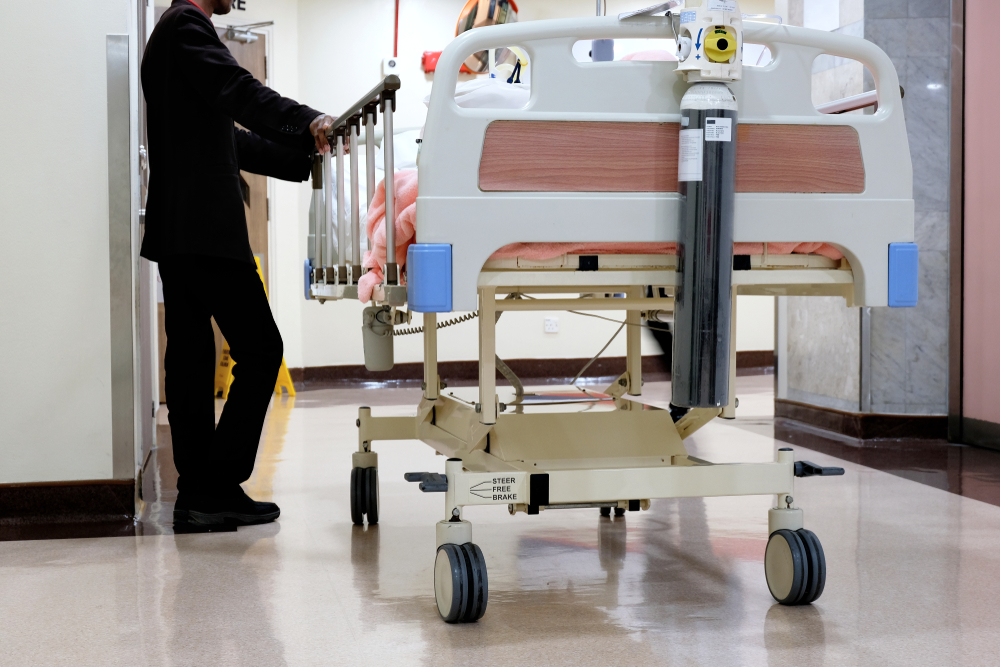The latest available NHS England figures (September 3) show that of available beds open overnight, an undifferentiated 110,000 beds of all types (general and acute, mental health, maternity, Learning Difficulties) were occupied.
This appears to be close to the average of just 112,000 beds that were occupied in the equivalent period of 2019 before the impact of Covid-19. However unlike 2019, when all of the bed numbers were from NHS and Foundation trusts, the most recent figures show that 5,369 (4.8%) of the total beds occupied were private sector beds, at least 3,000 of which were from identifiable mental health providers.
So it would seem that even as the trusts worked to increase their activity, only 2,300 of the undisclosed total of private hospital beds block-booked by NHS England to increase capacity for urgent and elective acute services were being used in early September.
While suspicions will run high, in the absence of any transparency or official data on the scale and terms of the actual block-booking arrangement, the proportion of booked beds actually used for NHS patient care, and the amount actually paid, it is impossible to tell whether or not this is value for money.
However what is clear is that their July 31 letter states NHS England is expecting local trusts to make plans including the use of private sector beds, and to show these plans to NHS England:
“To ensure good value for money for taxpayers, systems must produce week-by-week independent sector usage plans from August and will then be held directly to account for delivering against them.” (p4)
The letter goes on to refer to the “£3 billion NHS revenue funding for ongoing independent sector capacity” (p7).
Will any of these plans – or any figures to show how much public money has been spent and what private sector capacity was secured and actually used during the period of this deal – ever be published?
Without any reliable facts proving the contrary, many will fear that huge sums have been paid out to effectively prop up a parasitic and financially troubled private hospital sector for relatively little benefit, while thousands of NHS beds have remained empty or under-used.
The latest proposal for private hospitals to be used for the training of junior doctors – which will consolidate not only the use of the beds but the regular use of NHS staff to deliver NHS-funded operations from private hospital sites (and therefore separating them from the staffing available in the local NHS trusts) – seems set to consolidate this method of working.
Of course the training of new medical staff will remain entirely an NHS responsibility: private hospitals train no medical or nursing staff themselves and contribute nothing towards that training, while they rely heavily on NHS-trained (and overseas-trained) staff to deliver their limited range of services.
Dear Reader,
If you like our content please support our campaigning journalism to protect health care for all.
Our goal is to inform people, hold our politicians to account and help to build change through evidence based ideas.
Everyone should have access to comprehensive healthcare, but our NHS needs support. You can help us to continue to counter bad policy, battle neglect of the NHS and correct dangerous mis-infomation.
Supporters of the NHS are crucial in sustaining our health service and with your help we will be able to engage more people in securing its future.
Please donate to help support our campaigning NHS research and journalism.


